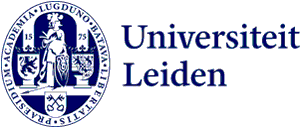ECOLe
Welcome to the Expertise Centre for Teaching and Learning (ECOLe). Here you will find information on didactics, teacher development, teaching innovation, assessment and the use of teaching tools at humanities.

Welcome to the Expertise Centre for Teaching and Learning (ECOLe). Here you will find information on didactics, teacher development, teaching innovation, assessment and the use of teaching tools at humanities.


































































































